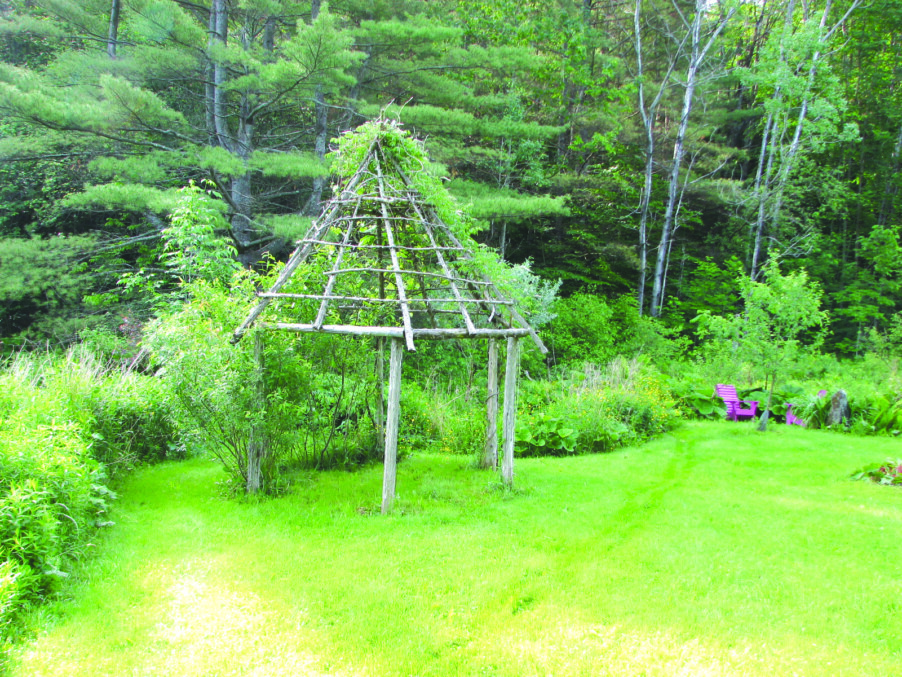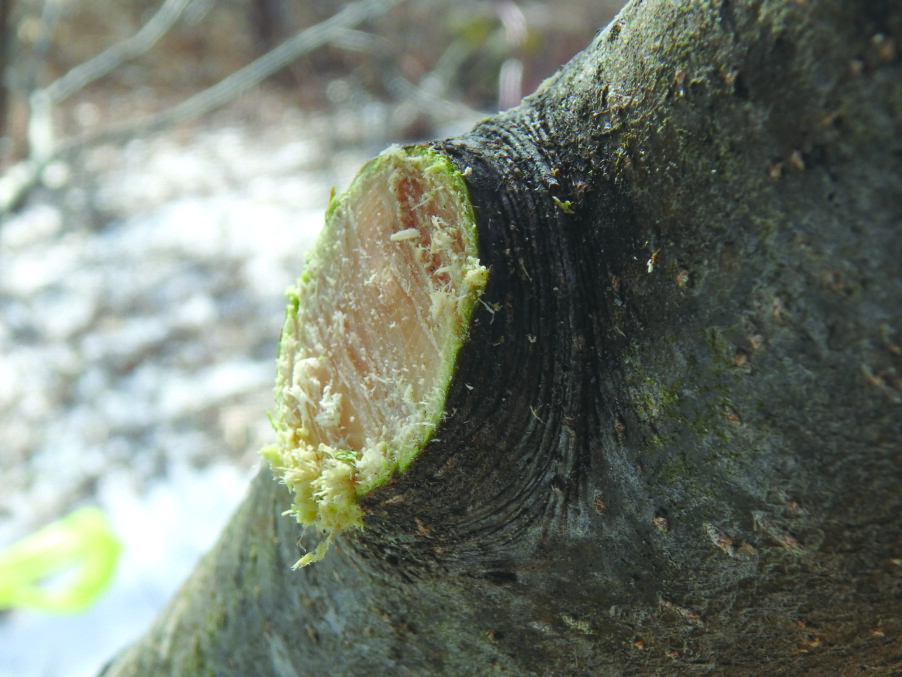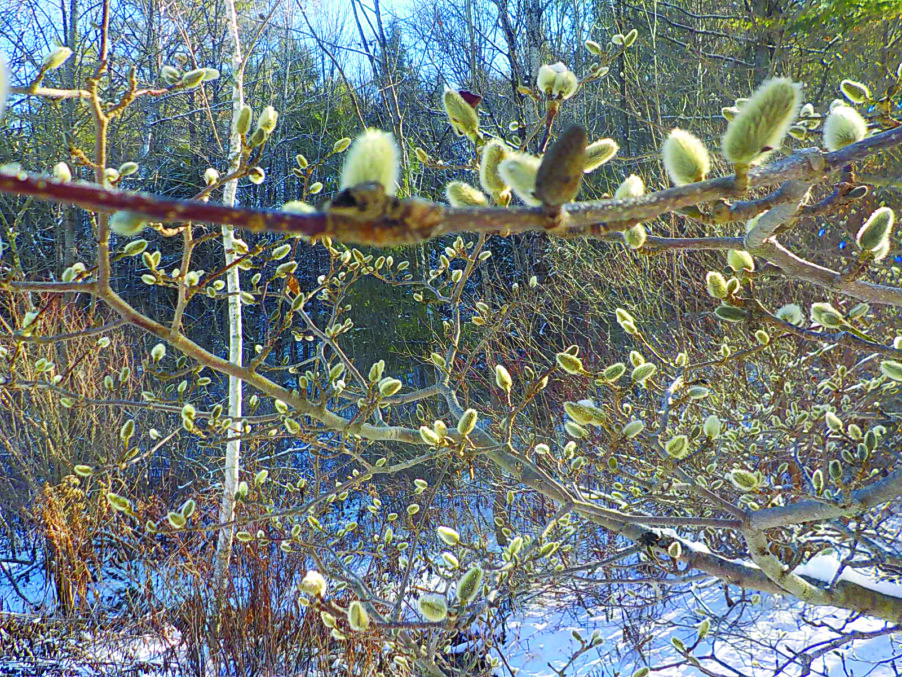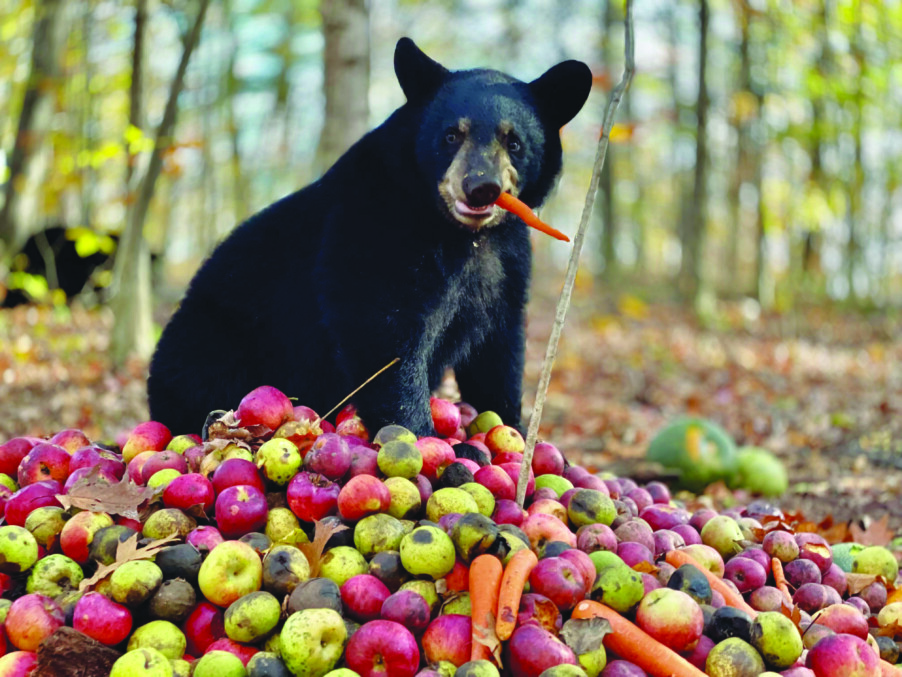Use winter to make your plans
It’s gray and chilly outside, but I have a fire in the new woodstove that warms the house and pleases me as I look through its glass window. I’ve been in the same house since 1970, so I’ve had plenty of time to plan and execute projects. I’d like to share with you some of my memories of those efforts in hopes that some of you will be inspired to take on similar projects of your own.
The biggest projects I did were in the 1980s after returning from my time with the Peace Corps in Africa. My house came with just an acre when I bought it, but I had been able to buy another acre or two while away, and I wanted to utilize it well for gardens. My home was built as a butter factory in 1888 on a hillside. The land dropped off sharply to a field alongside a little stream and some woods.
My first project was to terrace off the hillside behind the house and make a gently sloping access for wheelbarrows, people and dogs to the field where I planned to grow vegetables and flowers. I wanted to terrace off part of the hillside so that I could have drier soil for growing fruit trees — fruit trees hate wet feet!
I was 36 years old when I returned from Africa and had plenty of energy but limited cash reserves, so I did almost all the work myself. I found a local fellow who sold me 13 dump truck loads of topsoil. He looked at the site and told me he couldn’t drive to the far end of the potential terrace with soil, so he dumped it all in one place and I had to move it with a wheelbarrow! The area for fruit trees was 10 to 20 feet wide and 80 feet long, but that did not daunt me at all.
After creating a nice flat place for apple trees and a gentle road 10 feet wide built to the lower field, I constructed an 80-foot-long stone retaining wall. I had plenty of stones on the property so I went about harvesting them using a borrowed “stone boat.” It was a wooden sled on runners about 3 feet wide and 6 feet long.
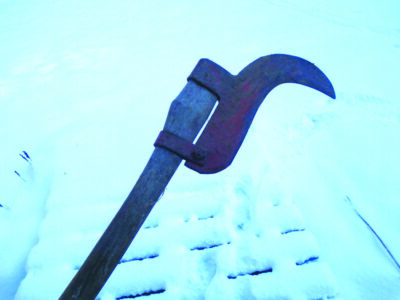
I had a chain attached to the front runners of the stone boat so I could pull it with my riding lawn mower (I’ve never thought I needed a tractor). I rolled or flipped big stones end to end until I got them out of the woods to the stone boat and dragged them away. A neighbor also let me have some large rounded stones from a fallen-down stone wall.
I built the wall before the days of the internet and endless YouTube videos, so I asked friends what to do. Drainage is important, they all said: dig out below the site for the wall and put small stones there and behind the wall. Unfortunately, instead of buying crushed stone, I bought pea stone — small round pebbles. Big mistake. Round stones act a bit like ball bearings, allowing stones to move and tumble as the winter frost lifts them. Over the years I have had to repair and rebuild the wall many times. But it still pleases me even though it is not a perfect wall.
The back field had grown up in willows, alders and brambles over the years I was away. I used a brush hook, a simple hand tool with a curved sharp blade, to cut them down. Then, with a cheap used riding lawn mower, I mowed the land to keep things from growing back, and I dug out roots where I could.
The next year I had a farmer with a moldboard plow on his tractor come and plow the area I wanted for a large vegetable garden. This type of plow digs up the soil about 8 inches deep and flips it over, burying all the grasses and weeds. That mostly killed them, and allowed me to start growing vegetables.
I also bought several truckloads of aged manure from a farmer and worked it into the soil with an old potato hoe — a five-tined tool like a rake, but with 2-inch spaces between the 8-inch teeth. Each year for a decade, at least, I worked in a truckload of old manure, increasing soil fertility and improving tilth.
I like having stonework, arbors and sculpture in the garden. Over the years I’ve made plenty of bentwood arbors for the entrance to the vegetable garden. Since neither of the “rot-resistant” trees (cedar and locust) grows here, I used maple saplings that were plentiful but only lasted three or four years. I placed them 4 feet apart and bent the tops together over the walkway, and wired them together. I wired on one-inch branches to make places for decoration and for vines to grab onto.
Later, I decided to use cedar fence posts to make garden structures. Cedar posts are available locally and last for many years. I have one 10-foot-diameter hexagon that I built to support grapes and wisteria vines that only now, after more than 20 years, is falling apart. I plan to extract the vines from the structure this summer and rebuild the whole thing.
Big projects are fun to take on, but at age 76 I am not looking for more of them. I plan to build some more raised beds for vegetables this year — they are great as one need not bend over so far to plant, weed and harvest. I also find that they have fewer weeds and grasses than in-ground beds, where many weeds just creep into the beds from adjacent areas. Even an 8-inch-tall wood bed will prevent that from happening.
I don’t see myself ever giving up on gardening so long as I can still get around. Yes, I may eliminate some high-maintenance plants and substitute shrubs, perhaps. But I started young and hope to garden till the day I die. Winter is the time to plan, so think of your own projects now, too, and tell me what they are if you wish. I’m always interested.
Featured photo: This vine structure is now old and falling down, ready for replacement. Photo by Henry Homeyer.

